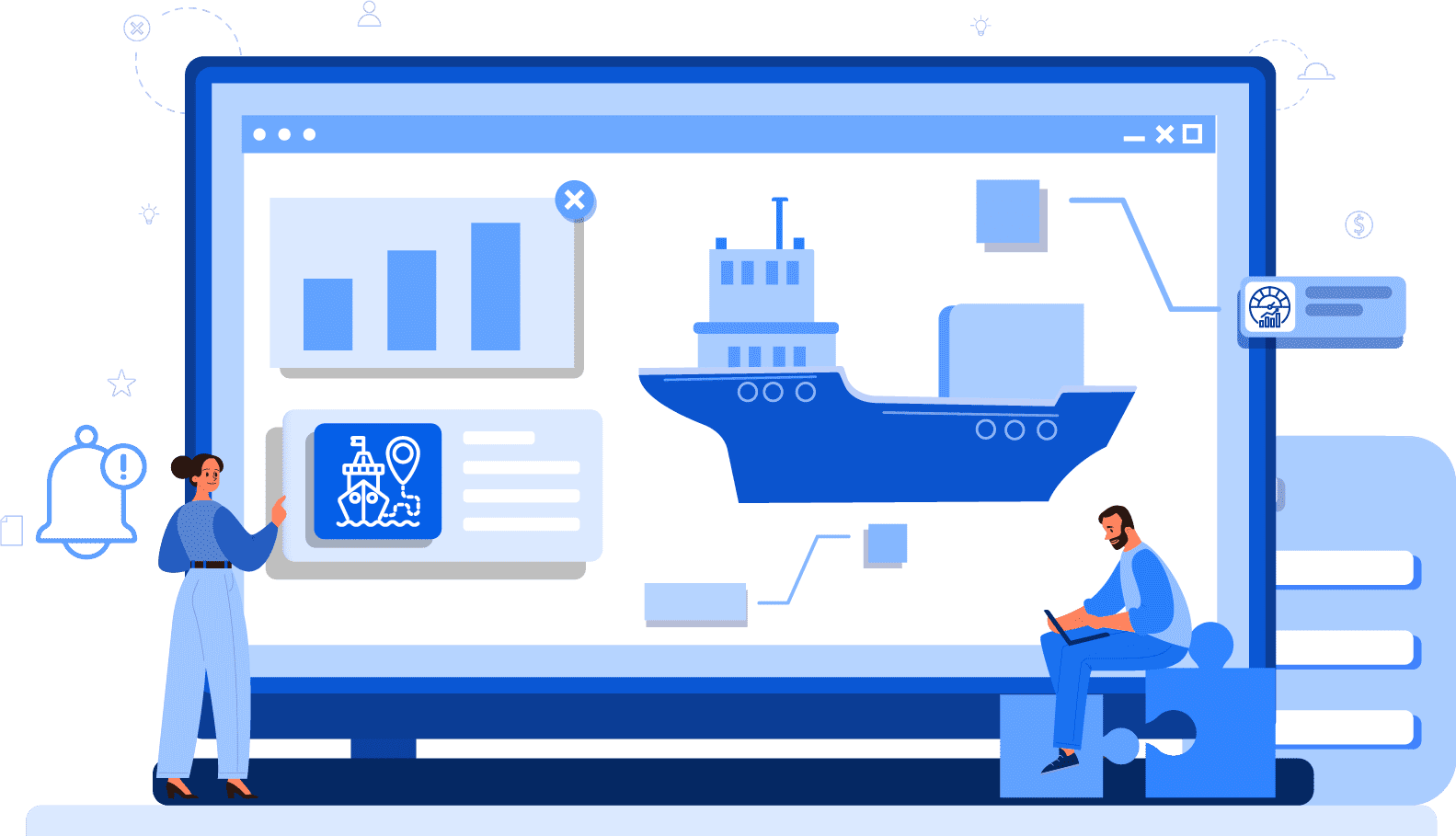To gain a clear and detailed picture of the maritime technology landscape, a thorough Marine Management Software Market Segmentation is essential, as it breaks down this broad market into its distinct and functional parts. The most common method of segmentation is by software module or function. This divides the market into specific operational areas such as fleet management, which provides a high-level overview of vessel location and status; crew management, which handles scheduling, payroll, and certifications; and planned maintenance, which tracks equipment health and schedules repairs. Other key segments include inventory management for spare parts, voyage management for route planning and optimization, and safety and compliance management for adhering to international regulations. This segmentation helps to understand the specific needs and priorities of different departments within a shipping company.
Another crucial way to segment the market is by deployment model, which is typically divided into on-premise and cloud-based solutions. The on-premise segment involves software that is installed and run on a company's own local servers, a traditional model that offers greater control over data but requires significant upfront investment and IT maintenance. The cloud-based (SaaS) segment, which is rapidly gaining dominance, involves accessing the software over the internet on a subscription basis. This model offers lower initial costs, automatic updates, scalability, and remote accessibility. Analyzing the market through this lens reveals the industry's clear trend towards the flexibility and cost-effectiveness of cloud solutions, which are lowering the barrier to entry for smaller operators.
Finally, the market can be segmented by end-user and vessel type, providing insights into the diverse customer base. End-users typically include ship owners, third-party ship managers, charterers, and defense agencies, each with slightly different requirements and purchasing criteria. Segmentation by vessel type further refines the analysis, as the needs of a commercial cargo vessel (like a container ship or oil tanker) differ significantly from those of a passenger cruise ship, an offshore support vessel, or a naval frigate. For example, a cruise ship's management software would have a strong focus on passenger services and hospitality, while a tanker's would prioritize cargo safety and compliance. This detailed segmentation allows for a more granular understanding of market dynamics and helps vendors tailor their products to specific target audiences.



